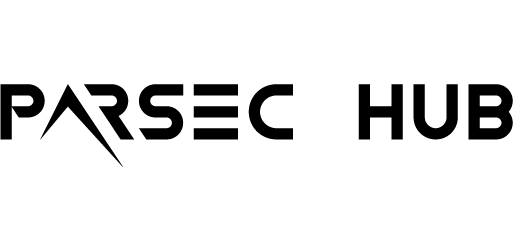Industry and digitalization: advanced tecnology is still not widespread, above all among the SMEs
In 2020 the companies’ use of the web increases, even to cope with the restrictions due to the pandemic, but only big companies interact with the latest technology: it is what arises from the Istat survey about the organizations and ICT in 2020, that analyzes the behaviour of the companies when adopting new digital technology.
The survey is based on the scores reported from the Digital Intensity Index, the digitalization composite indicator used to identify the fields where the Italian companies face major issues, through the analysis of 12 specific features:
- internet for at least 50% of the employees
- use of at least 3 ICT security measures
- download speed of connection at least of up to 30 Mbit/s
- mobile internet devices for at least 20% of the staff
- staff informed about the obligations concerning ICT security
- receipt of online sales orders from customers belonging to other European countries
- use of at least 1 social media
- use of the ERP software
- use of the CRM software
- use of the social media for at least 2 purposes
- online sales value up to 1% of overall revenue (over the total turnover)
- web sales greater than 1% of revenues and web sales to private consumers (B2C) greater than 10% of the web total sales.
Adoption of ICT technology from the companies remains low
82% of the companies having more than 10 employees are placed at a “low” or “very low” level of the ICT adoption, due their non-involvement in more than 6 activities among the ones listed in the Digital Intensity Index, while the remaining 18% performs at least 7 of the 12 functions, positioning on “high” or “very high” digitalization levels.
The major difference is reported in the presence of ICT specialists among the employees and in the use robotics and medium/high level of cloud services.
Besides, according to several indicators (as robot and 3D printing) a significant presence just for the highest levels of the indeex occurs, on the contrary, others are used also for a limited number odìf adopted activities (e.g. electronic billing).
Although bigger companies are even the most active in hiring or trying to hire ICT specialists, an economic contraction (downturn) has occured for those ones that, in 2019, have found or have tried to find qualified staff (from 38,4% in 2018 to 36,3%) and it’s around 17,3% the percentage of enterprises with at least 250 employees, that have stated to have experienced difficulties in filling vacant posts for IT experts (i.e 47,8% of those ones that have tried to hire or have hired them). Besides, the 63% of the companies reports that in 2019 they have recruited external personell for activities linked to the ICT, namely maintenance of infrastructures, software and web application support and development, data security and protection management. This trend is more widespread in big companies than in the SMEs (79% vs 61,7%). Negative trend in the companies also for the training related to to the ICT: in 2019 indeed, the percentage of enterprises with at least 10 employees that have organized training courses to develop or update ICT competences of its employees, drops to 15,5% from 19,4& in 2018, while the figure is 59,6% amont the big companies.
Only 8 companies out of 100 use AI tools
2020 survey has taken into consideration also the adoption of Artificial Intelligence tools from the companies, i.e the use of chatbot in the internet relations with the customers, of service robot autonomuos and able to interact with humans and the use of analysis methods of big data, such as machine learning, voice recognition, natural language processing.
The use of big data is still limited in scope. This analysis involved about a quarter of the companies (and just 6,2% of the SMEs). In detail, 8,6% of the companies with at least 10 employees claims to have analysed in the previous year large amounts of information coming from its own data sources or from other sources, through the use of techniques, technology or software tools. the companies process the big data in house (7,4%), while the 2,8% outsource the analysis services.
On the contrary, the connected objects (IoT) are mostly used by the companies: 23,1% of the companies with at least 10 employees has used them in 2020. Among them, the most common use is referred to devices, intelligent sensors, RFDI tags or internet-controlled cameras, in order to improve the customer service (35,7%) and to optimize energy consumption in the venues (32,5%).
The companies adopting the 3D printing in the production processes are 4,7% (4,4% in 2018). Its use is functional to big companies (14,7% vs 3,9% of the smaller ones) and to manufacturing ones, especially companies manufacturing computers and electronic products (40%), means of transportation (27,6%) and electronic devices for domestic use (15,4%).
Digital platforms boom for catering sales
Sharp increase in the use of digital platforms for sales in the catering industry: in 2018 the companies that recoursed to these services were 62,9%, the figure has risen to 99,4% in 2019. For other companies, the figure overall settles at 76,8% for apps and enterprise websites and at 64,3% for e-marketplace and dealer apps. Among the companies selling online through intermediary websites or apps, the 37% has reported to use only one e-marketplace, while 63% uses two or more channels.
Continue reading in Innovation Hub


